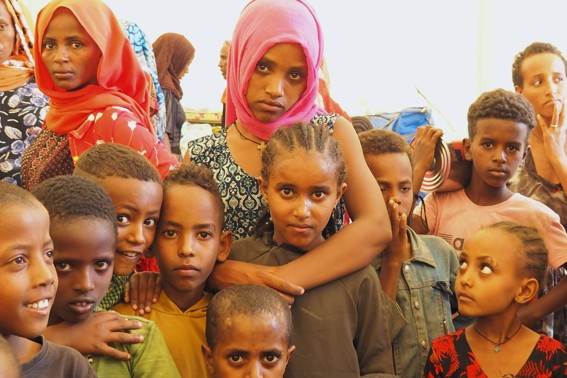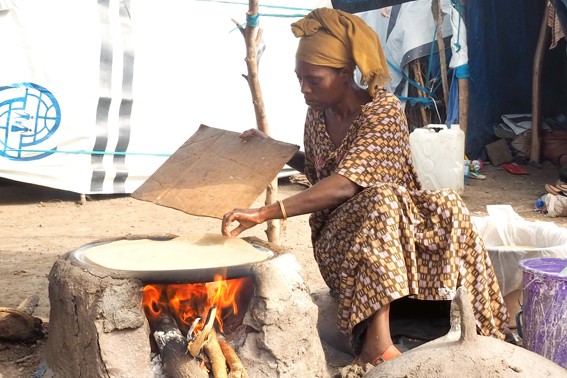Global Issues
Famine in Africa: The causes, history and how you can help

Mali and her family outside their home in Ethiopia.
Snapshot of the Africa Food Crisis

Ayoyo is a volunteer complaints officer who supports her community in southern Ethiopia. Photo: Zacharias Abubeker/Caritas Australia
More than 81.6 million people in eastern Africa facing food insecurity

Children in a IDP Camp in northern Ethiopia. Photo: Caritas Australia.
Approximately 7 million children under 5 years are acutely malnourished in Ethiopia, Kenya and Somalia

Woman making injera in an IDP camp in northern Ethiopia. Photo: Caritas Australia
18 million people facing severe hunger in the Horn of Africa
“We don’t know what will happen next because we need to plant the crops for next season now but there is no water. I don’t know what we will do.”

How you can help people affected by the food crisis
1. Learn about the food crisis in Africa
Research conducted by Caritas Australia has found that while nearly all (98 per cent) of Australians are aware of the war in Ukraine and the global food crisis (86 per cent), almost half don’t know about the food crisis in the Horn of Africa. You can learn more about the global food crisis and share information about it with your friends on social media.
2. Write to your local MP
Be an advocate for change and write to your local Member of Parliament (MP) to voice your concerns about the food crisis. The Help Fight Famine coalition is calling on the Australian Government to deliver an urgent $150 million Famine Prevention Package to stop a catastrophe in the worst-affected hunger hotspots in the Horn of Africa, Yemen, Afghanistan and Syria.
You can use our letter-writing template to send an email to your MP.
3. Donate to help families in need of emergency food
Caritas Australia’s partners in the Horn of Africa are working around-the-clock to bring emergency food aid to communities on the brink of famine. With little access to water and food, this urgent relief is essential. Your donation today can help save lives.
The funds you donate to this appeal go to Caritas Australia’s Emergency Response Fund and will be used to provide humanitarian assistance to communities affected by this crisis.
Should circumstances prevent us from delivering aid to this emergency, or if excess funds remain after the crisis, donations will be directed to other emergencies where Caritas has humanitarian operations.












